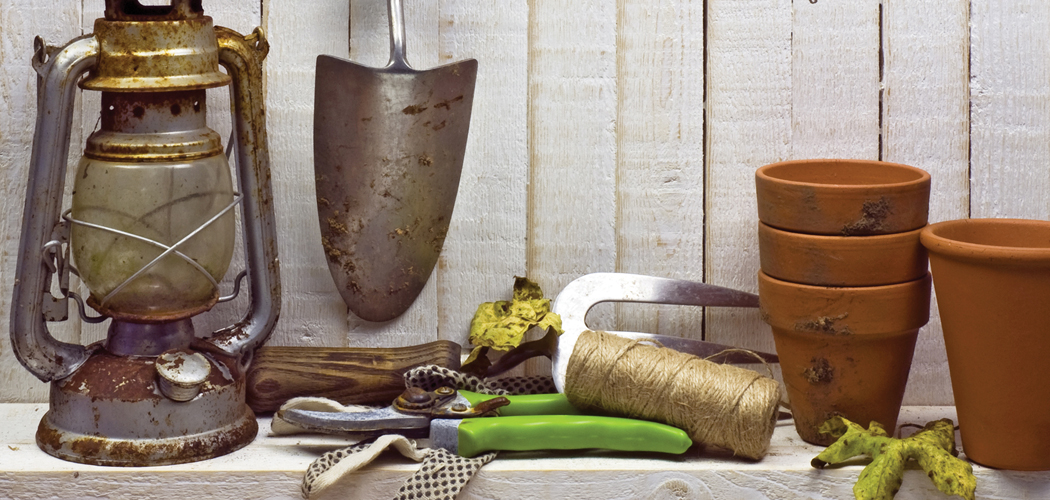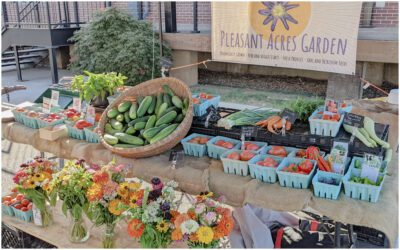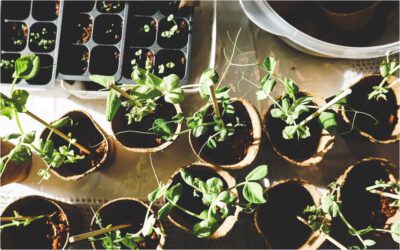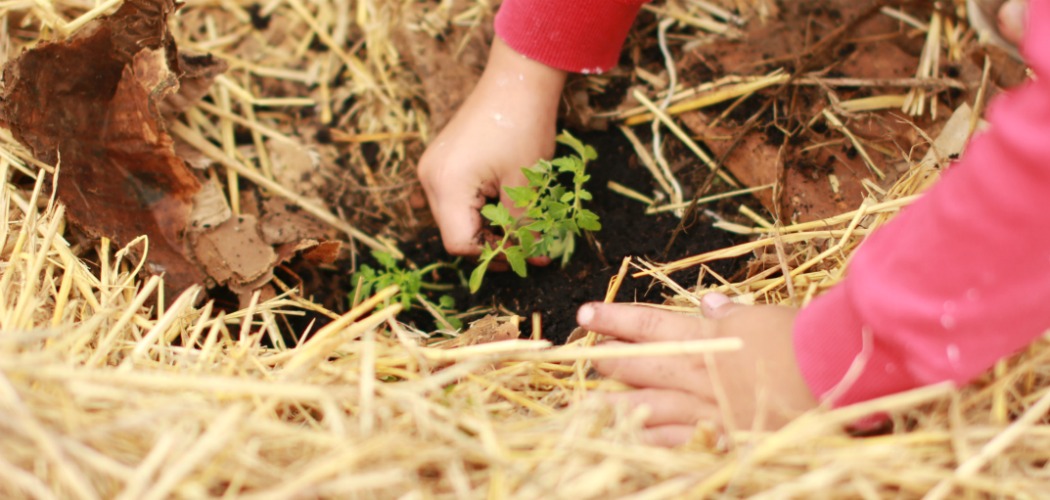[title subtitle=”story Marla Cantrell”][/title]
I dream of flowers and sweet corn and fresh oregano in the dead of winter. Outside my kitchen door the snow lingers, icicles hang from the eaves, and my thermometer shows the temperature: 31 degrees. The weather doesn’t deter me. This is the perfect time to plan a spring garden.
Map It Out
Figure out what you want to grow, how much you want to grow, and where you want to grow it. Seed catalogs, that flood the mail this time of year, help with planning. If you don’t get catalogs, you can always search for seed companies online or visit your local Farmers Coop. Start asking questions. Does your family love English peas? How much does one plant typically produce? Are you into canning? If so, you may want to plant even more. Once you have a list of all the vegetables you want to grow, it’s time to buy seeds.
Start Seeding Indoors
- What You Need Seeds, Containers, Growing Medium, Sunny Location
- Seeds Use fresh seeds. If you come across a pack of seeds several years old, you can try them, but your best bet is to buy now.
- When to Start Seeds Check for the last frost date. For most of Arkansas, it’s typically the middle of April to the beginning of May. Then check the back of your seed pack to see how long it takes for seeds to sprout. Count backwards from frost date and start seeds accordingly.
- Containers Seed starting kits are great, but there’s no real need to buy one. You can easily use an old casserole dish or serving tray to hold peat pots or other containers, such as those made from folded newspapers. You can also use small food containers, like small milk cartons. Poke holes in the bottom of cartons to promote drainage.
- Select Growing Medium You can buy great pre-mixed growing mediums at your local Coop. But if you want to make your own, all you need to do is combine 4 quarts shredded peat moss or sphagnum, 2 teaspoons ground limestone, and 4 Tablespoons 5-10-10 fertilizer, which indicates the amount of nitrogen, phosphorous and potassium. The numbers 5-10-10 will be shown on the front of the package.
- Planting Fill containers to the top with moist medium, then tamp down the soil to eliminate air pockets. Add more medium if necessary. Plant seeds at the depth indicated on the packet, then water. Small seeds – no more than 3 per container. Big seeds – 1 per container. Cover trays loosely with plastic wrap. Remove plastic wrap when seedlings emerge but do keep them under lights 12 to 14 hours per day, keeping the lights close to the seedlings.
- Sunny Location If you don’t have a southern exposure windowsill, you can place seed trays under a cool-white fluorescent bulb. Your goal is to keep the temperature above 75 degrees for several hours a day to trigger germination. It’s also important to vary temperature by about 10 degrees during the day, which is easy to do if you have a light you turn off and on, or if you use a heating pad under your tray and turn it off periodically.
- Watering Keep growing medium moist but not soaking wet. Use a fine sprayer to water seedlings.
- Hardening Off 1 week before planting, move new plants to a shady outdoor spot and bring them indoors at night if it’s still cold out. Each following day, move them into the sun for a few hours, increasing the time each day. Keep watered and watch for pests, like slugs.
- Transplanting Water the planting area thoroughly. Try to plant on a cloudy day. Dig a hole twice the size of the root ball and make sure it is covered by ¼ inch of soil. Tamp down the soil around the plant. Water deeply to prevent shallow roots.
Grow an Herb Garden
So what do you do if you want to go green but you don’t have the means or the inclination for an outdoor garden? Grow herbs inside! They take up a small amount of space, are easy to grow, and add great interest to meals.
What You Need A spot that receives at least 5 hours of sun per day, 6” diameter clay or terra cotta pots are preferred, but any container with drainage will do, a tray to hold pots, seeds of your choice, potting soil, water mister. Tip: When selecting herbs, pick seed designated as “compact.”
Decide what to grow What kinds of dried herbs do you use most often? What kinds of fresh herbs do you buy at the market? Which herbs have you been wanting to try? Tip: Consider planting more than 1 pot of herbs that are your favorites.
Once you’ve decided, you can:
- Fill pots with potting soil, plant seeds at the depth suggested on the seed packet, then mist with water until soil is moist.
- Check soil every day. It should feel damp to the touch. Mist when it begins to dry out.
- Once seedlings emerge, do not overwater, since this can cause root rot. Let soil dry out between watering at this point.
- Avoid extreme temperatures, like spots next to your stove.
- If you don’t have one spot that receives 5 hours of sunlight per day, feel free to move herbs every few days, from one sunny spot to another.
- Go light on the fertilizer. Herbs typically like moderate to poor soil.
- Don’t harvest until plants are 6 to 8 inches high. Don’t harvest more than a quarter of the plant at one cutting. Let plant recover before cutting again.
That’s it, 2 ways to enjoy gardening inside your house and outdoors. It’s a great way to bring fresh food into your life, and a wonderful way to discover the joy of watching plants grow.




